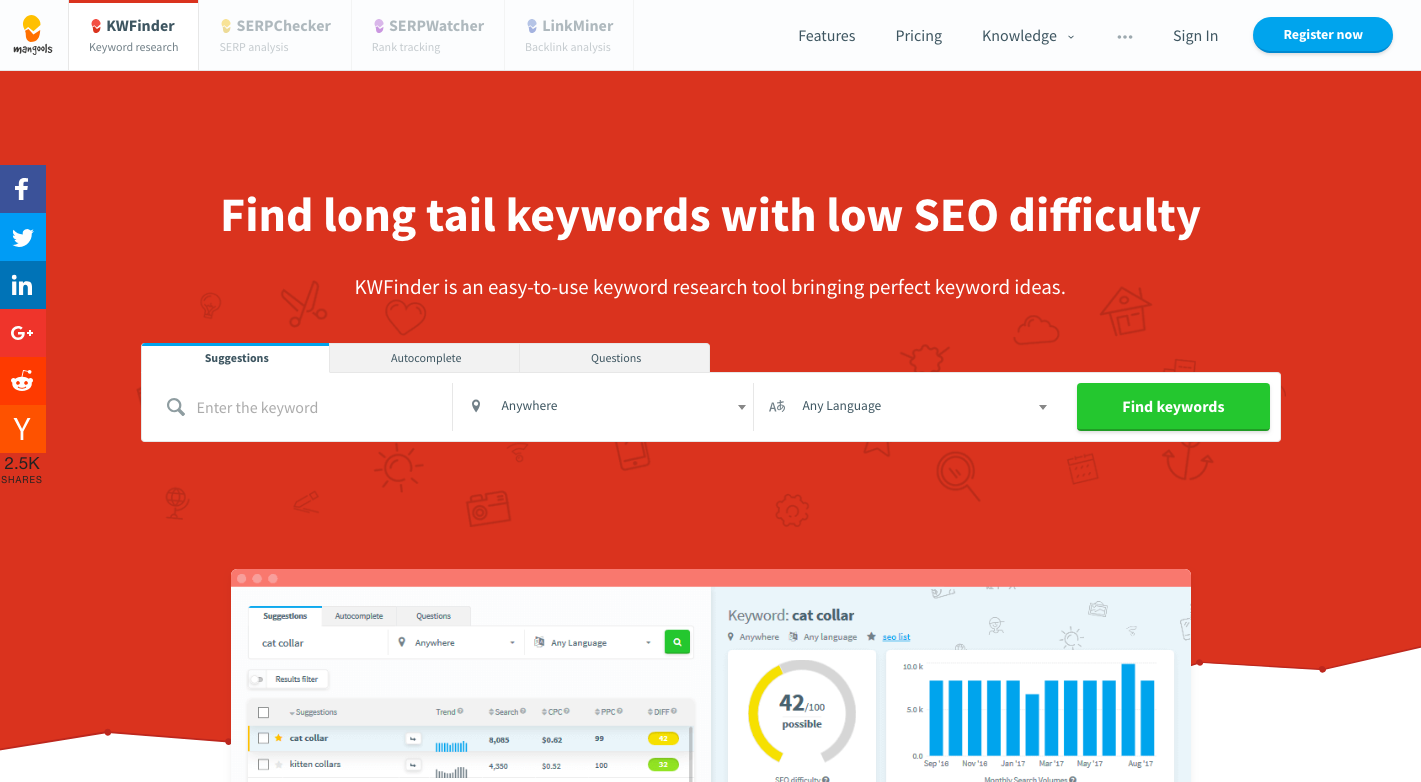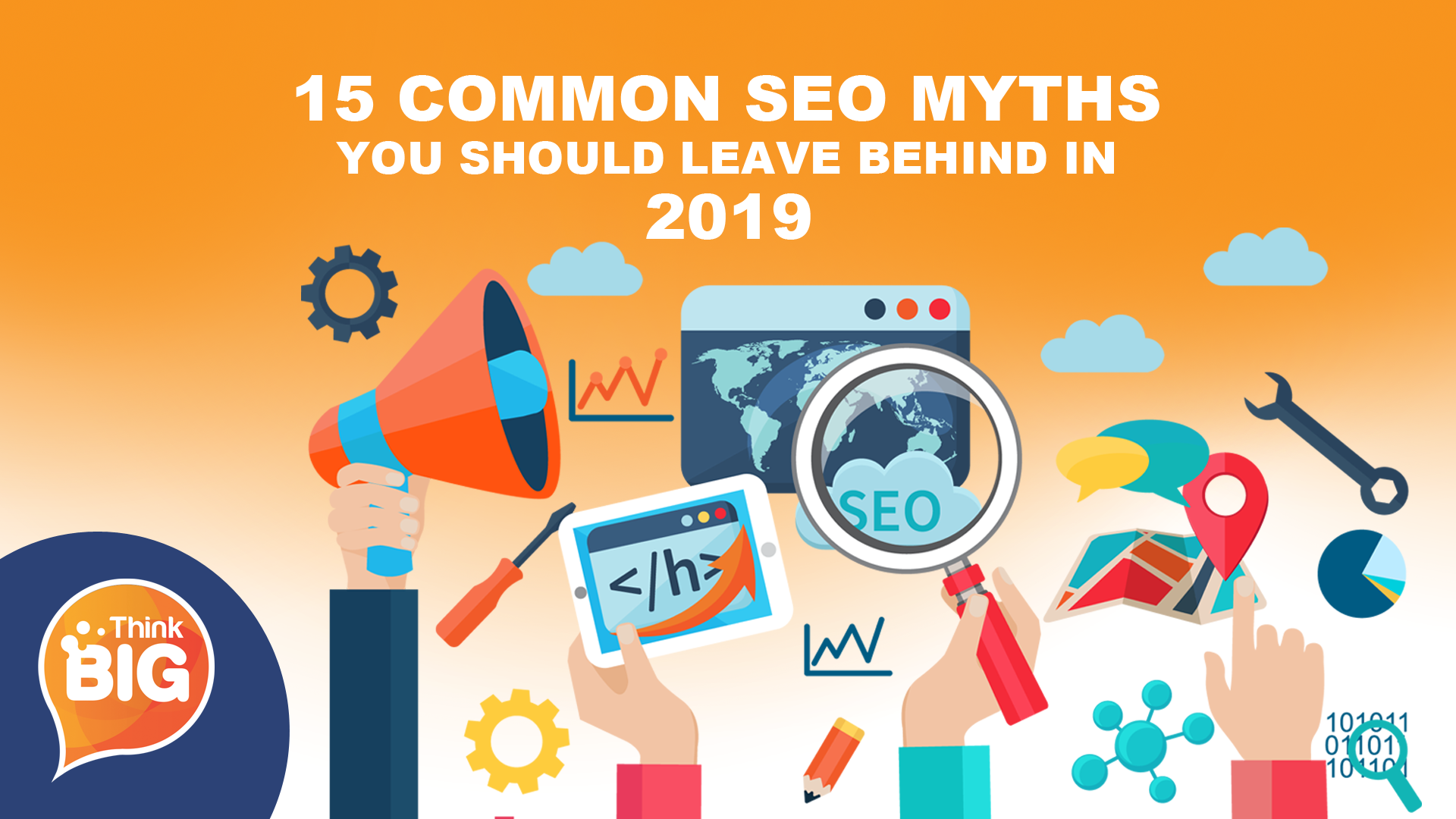
The Most Common SEO Myths Based On Outdated SEO tactics
The following SEO myths tend to keep bloggers and content marketers from increasing their website rankings and search traffic. These are the SEO tactics to avoid in 2019.

Once RankBrain, the new artificial intelligence (AI), started helping Google recognize the relations between search terms and topics, this is no longer true. The new technical developments helped the search engine to acquire an improved perception of relevance and context.
When RankBrain sees an unfamiliar phrase or word, it guesses what phrases or words might have connected meaning, and then it filters the result correspondingly. This makes it more helpful in handling search queries seen for the first time.
Common SEO Myths #2: Optimizing keywords irrelevant after Hummingbird
Google’s Hummingbird began exploring phrases instead of just relying on keywords, thus it marked an important shift from keyword to topic-focused SEO. Actually, this search algorithm made keyword research and optimizing easier. Instead of worrying about keyword ratio, you should concentrate on searcher intent behind their queries.

The founder of Moz, Rand Fishkin, reported that less than 15% of the ranking equation focuses on keyword targeting. Therefore, he recommended focusing on providing unique value, instead of unique website content.
Nevertheless, high-quality content should have a clear keyword SEO strategy. Keyword stuffing is one of the SEO tactics to avoid. Instead, focus on relevant, well-researched keywords. Don’t know where to start? Try these keyword research tools:
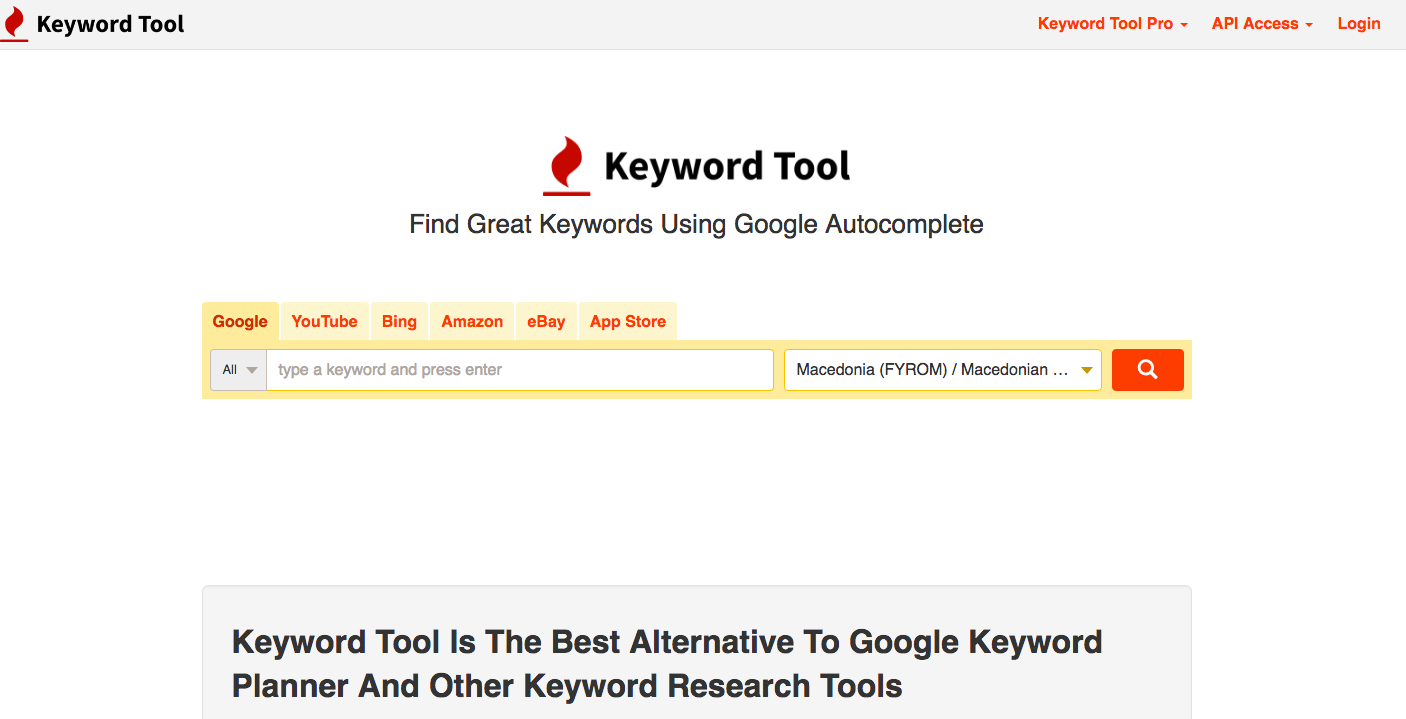
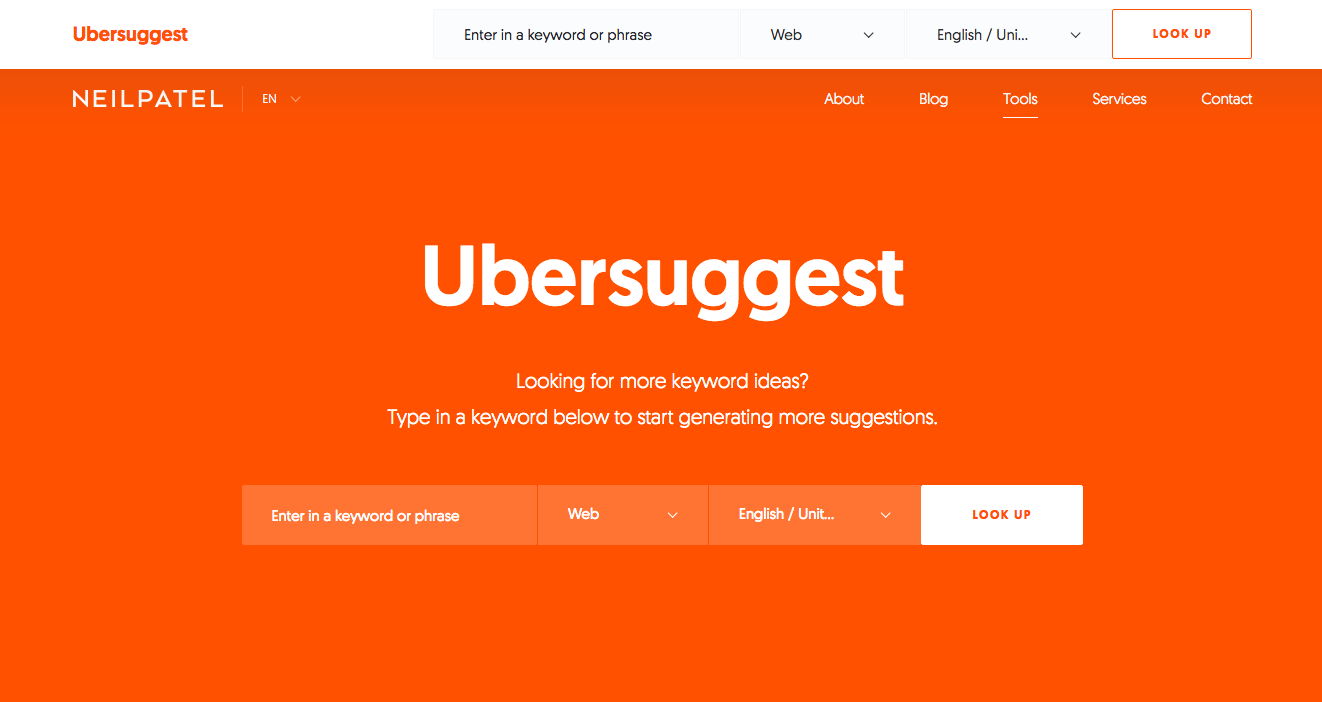
Common SEO Myths #3: You must submit your website to Google
Submitting your site to Google so to show in search rank is one of the most common SEO myths. As Matt Cutts, an engineer at Google, explains, “When you do a Google search, you aren’t actually searching the web. You’re searching Google’s index of the web, or at least as much of it as we can find”.
Google can find your website without submitting it. Google’s spiders can discover your website and index it quickly.
Common SEO Myths #4: Meta tags are not important
Meta tags may not improve the search rankings, but they are an excellent way of giving the visitors and search engines information about your website. They are HTML attributes, proving users a specific page is relevant for their search.
Actually, one of the top SEO and marketing experts now, Neil Patel, clarifies,
“Meta tags will also make your search results attractive, which can attract more clicks from search engine users feeling your website has the high-quality content filling their need”.
Common SEO Myths #5: The larger the footprint of your website, the better the rankings
The more pages you have – the better would rank, is one of the most shared SEO myths. Google would not index every piece you publish. In addition, Google may exclude the indexed pages if there are many pages with similar content.
You should aim to create relevant and quality content. The content that goes viral is essential for successful SEO.
Common SEO Myths #6: There should be lots of content on your homepage
Moving toward more in-depth and longer content is one of the big SEO developments in the recent years. However, the homepage is the first impression for your website. Keep in mind that simplicity will provide the visitors to leave pleased and not confused.
No one is going to your homepage to read an exhaustive content. The homepage content should clarify what you do; give your location and value proposition. In addition, it should give the visitors the right directions for using the website. Thus, concentrate on how the users will approach your website.
Common SEO Myths #7: There is no need for mobile optimization strategy
People use their tablets and smartphones more frequently. In fact, their smartphones are probably the primary way of accessing the internet. What is more, Google had an algorithm update in 2015, called “Mobilegeddon”. Now, optimizing for a mobile is a ranking signal for Google.
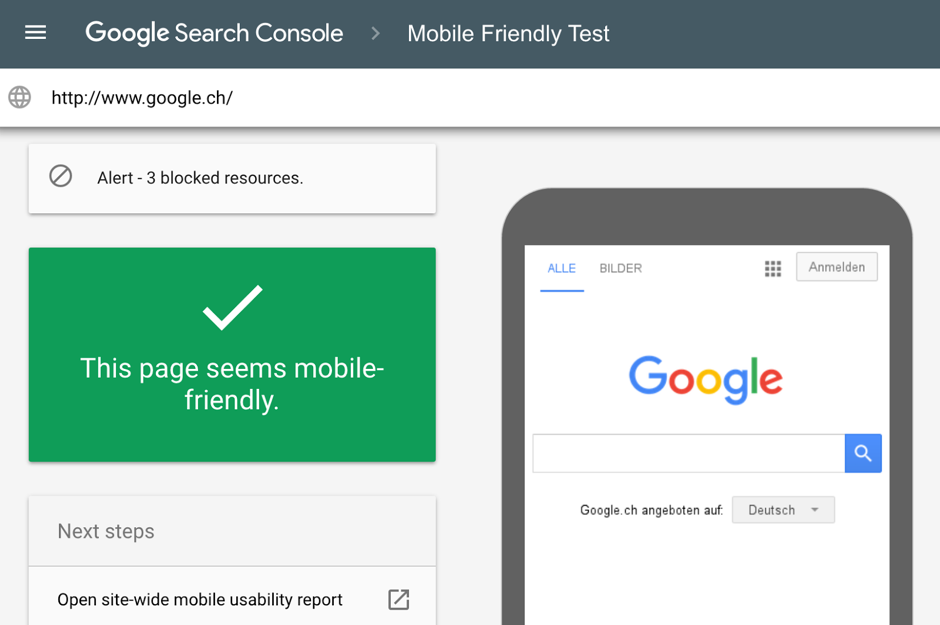
The website must be easy to use on smartphones as it is on a laptop or desktop. This update rewards mobile friendliness but penalizes a website that is not completely optimized for mobile phones in the search results.
Common SEO Myths #8: Link-building is dangerous
Search engines actually use link authority in the algorithms, thus it is a successfully tested marketing practice. You should not build many inadequate links to rank higher. If you do that, Google has the authority to punish you.
You should aspire for quality links from reliable and industry-related sources. Google will reward your website if the back-links are from authentic and credible sources.
Common SEO Myths #9: All back-links are created equally
One of the most common SEO myths that you must leave behind in 2019 is that all back-links are created equally. There are certainly differences among the back-links.
A unique domain’s back-link is better than extra links from the same website. A high authority website’s back-link is worth more than links from equal websites to yours or lower. A standing alone back-link in a post is better than many links inside the post.
The hyperlinks in your posts on influential social media sites do not count as links that will improve the back-link profile. Furthermore, many websites have a “no-follow” link. This helps sites avoid paid links or unreliable content.
Common SEO Myths #10: There is no need for Secure Sockets Layer
Some URLs begin with “HTTP://” whereas others begin with “HTTPS://”. The extra “s” indicates that your connection to the certain site is encrypted and the hackers cannot intercept your data.
In 2017, Google announced the new version of the Chrome browser, indicating that a page is insecure if it does not contain the SSL-enabled form. Furthermore, Google stated that if a website uses SSL encryption would get a greater bounce rate.
Here are some tools to check your website’s security:


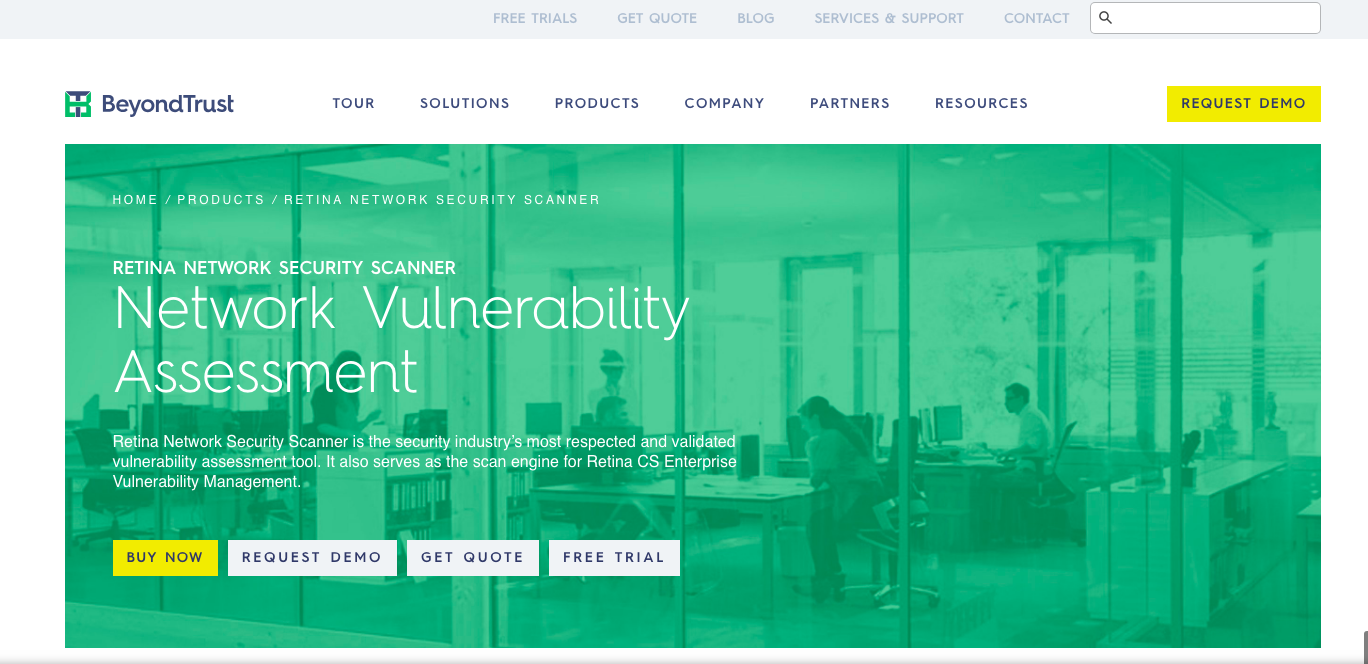
Common SEO Myths #11: Images do not need optimization
Search engines cannot see the images on sites, thus it is essential to optimize your images. You can do that by utilizing an HTML attribute (alt tag) or appropriate file name so Google identifies the image’s nature.
Always reference the images in the text, utilizing keywords alike with the alt tags or file names. Google can index JPEG, BMP, PNG, GIF, SVG, and WebP, thus use only these image file types.
Common SEO Myths #12: Optimizing the content for Google means optimizing for all search engines
For instance, Bing is an impressive example of a site working differently than Google, yet certainly deserving your attention. Bing’s share is increasing solidly.
Bing does not value back-links; instead, it accumulates rankings on social signals, user engagement, page authority, keyword domains, and click-through rates. Google does not utilize metrics as Twitter Followers or Facebook shares in search rankings.
If you want the display to 100% of web traffic, optimize your website for no less than three search engines.
Common SEO Myths #13: IT or a web designer can handle SEO
Web designers can offer SEO services, generally technical optimization. There are technical areas to SEO like setting up XML sitemap files and redirects, but there is more to exceptional SEO strategy than having technical expertise.
The IT person might know insufficiently about SEO and web development. SEO is part science and part art, thus technical knowledge alone will not be enough for you to have a first-class SEO strategy. Therefore, this is definitely another one of the SEO tactics to avoid in 2019.
Common SEO Myths #14: H1 tags are a must for good SEO practice
H1 tags help in creating content that is more organized. They also simplify for web designers to design your site, but they do not boost SEO directly. You can use the header tag for styling purposes – it is part of the Custom Style Sheet (CSS).
Matt Cutts says it is unimportant whether you use H2 or H1 as long as your page contains useful and relevant information for your users. It is best if the information is upfront and closer to the top of the page.
Common SEO Myths #15: SEO is about ranking
While there is a clear relationship between click-through rates and search results positioning, the ranking is not the principal ambition. Searchers prefer ranking in the first three listings. Nevertheless, being listed near the top of the page on following pages presents similar click-through rates.
Therefore, higher rankings do not mean more search traffic. People would see your ranking, but it does not guarantee you would get more click-through. For getting more clicks-through, you should conduct keyword research, use compelling language, and make sure your content is well structured and it is ranking on the first page.
In Conclusion
Knowing these SEO myths will make you more efficient with your organic search strategy. In the last years, SEO has developed from only having a keyword-ranking strategy to a wide-ranging package of content marketing.
With Google’s regular algorithm updates, staying highest of your website’s SEO is crucial. We cannot predict the single change Google makes with the updates, but we can conclude that SEO is about the complete experience for a searcher and producing quality content.


